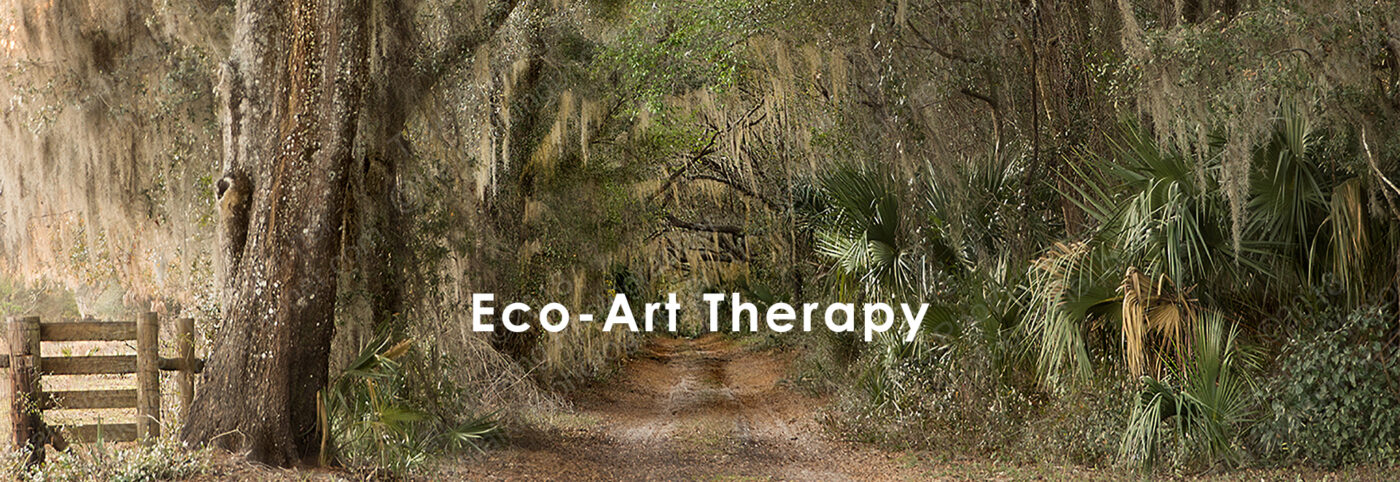My stalkers are back! The man riding in the four wheeler was back stalking behind, on the side, and in front of my house. I catch him glancing at me in my yard, then he leans to his left, spits on the ground and keeps his eyes on me as he slowly drives away. Why?
And there’s a new red Ram 4×4 truck. The plates for the truck were identified and belong to a man who’s internet profile indicates he’s associated with a vigilante group. He’s been back in front of my home numerous times and even parks outside in front of my home. When he leaves he drives down the road then turns onto the street where the couple lives who initiated my stalking here at my new home. Why are they recruiting more people? And why are vigilante types being recruited by my neighbors? I’m staying inside quite a bit since the red Ram 4×4 truck is coming more frequently. So, no nature journaling outside in the bamboo farm for a few days.
Time to focus on the eco-art therapy so I can find some peace within this day away from my stalkers.
I’m exploring natural pigments today. My interest in nature pigments started after reading two of the eco-art therapy books. Both had recipes for creating your own watercolor pigments for eco-art projects. Two things came to mind – messy and fun! Just what I needed to calm my mind.
Today was a good day to make my own Lamplight Black pigment. I love to paint black and white watercolor paintings, but it is difficult to find a rich black watercolor that also provides a nice gray tone for those mid range colors in a painting.
I have an outdoor fireplace on my back porch, I salvaged a few burned logs that hadn’t crumbled yet.

I broke the little logs down into pieces, put them into the mini chopper, put the chopper in my kitchen sink just in case the dust got loose, and pushed the switch. It was like a mini tornado inside the chopper as black dust flew around. After three chopping sessions I let the dust settle, then opened the chopper.

I used a fine strainer to reduce the charred wood into a dusty powder. I had to do this step twice and now the charred wood was a real fine power in the bottom of the cup.

Next step – take a small sample and mix gum arabic with the black dust. Less is more with gum arabic. Using a paper plate I mixed a very small portion of the black powder slowly. The consistency started to look like watercolor that comes out of a tube – thick and creamy.
Finally, I had to test this new natural pigment. I took out an old piece of watercolor paper, sprayed the black natural pigment with a little water, and started painting a variety of strokes to see how the Lamplight Black would respond on the paper. First try, a bit too dry with streaks and lines. The crushed wood seems to absorb the water very quickly. After adding more water, the strokes were flowing easily and the real grays were appearing. And the most surprising event was when I used a thicker mixture for a dark black stroke. The black was an eye-catching deep black that jumped off the paper. I have never seen any watercolor paint that could provide such a deep rich black.

Time for a painting in black and white using my new pigment from charred wood. I loved this new pigment since it really gives the painting some depth that catches your attention with a rich, deep black. Yet, I was still able to get some nice grays in the lighter sections of the leaves.

One disadvantage was uncovered. When the natural black pigment dries it does smear a bit. I had to cover sections of the painting so my painting hand didn’t smudge the completed painting. Otherwise, this was fun and I loved the results. And I know I’ll have fun completing this painting with my own pigment.
UPDATE! I just completed the painting using my natural pigment and wanted to show you how it turned out after being framed.

Did this eco-art therapy project work?
I am so grateful for the three hours of peace I had while creating this natural pigment. Then playing with it by testing different strokes on old paper really took my mind off of the stalkers outside my home. Now I have a painting of the bamboo from my yard that symbolizes peace and it also contains nature’s charred wood pigment that I created. Wow!
I’m examining every plant and object in my backyard wondering if it will make a beautiful dried pigment for watercolor. More to come on creating my own watercolor pigments. Why don’t you try creating your own watercolor pigments or ink. Yup, you can create your own ink following this same process.
Please share this activity and your completed eco-art picture via your social media. Help spread the word about eco-art to everyone. And please reach out to those who are being stalked and may need eco-art therapy to help them deal with their anxiety and stress. Take them on a hike, share time with them doing some eco-art, and bring them an art kit. They will be forever grateful to you
Disclaimer
I am not a therapist, nor do I claim to be trained in eco-art therapy. This blog provides information, research, and a view of applied eco-art therapy or art therapy applied to my personal situation. This is not a substitute for professional counseling services.

